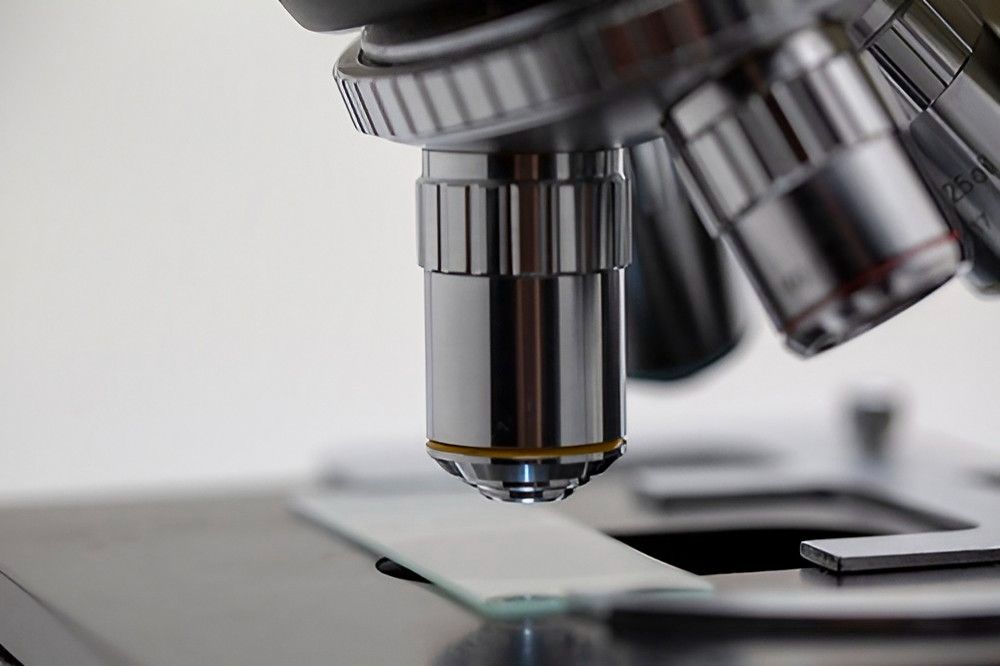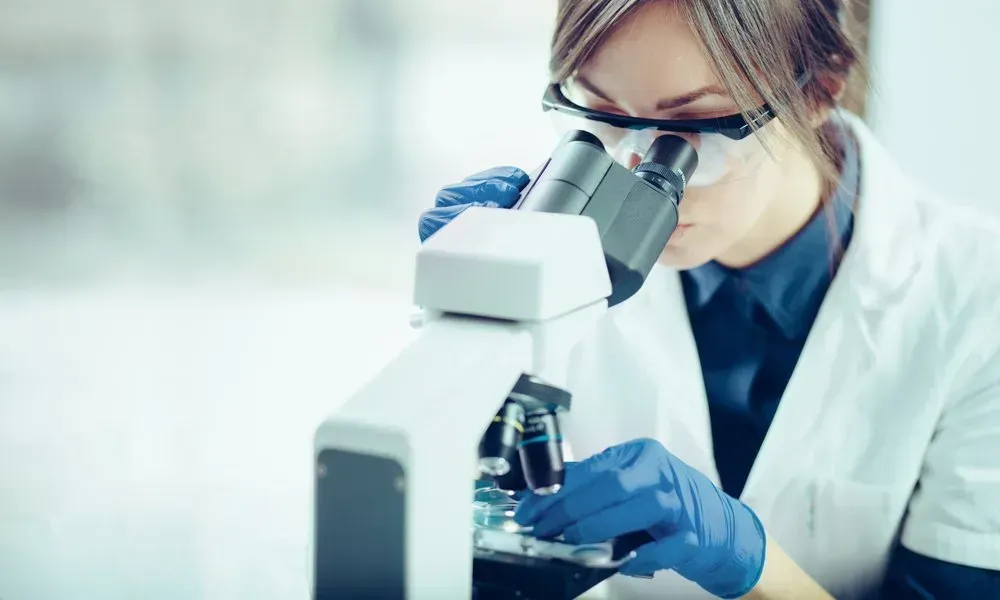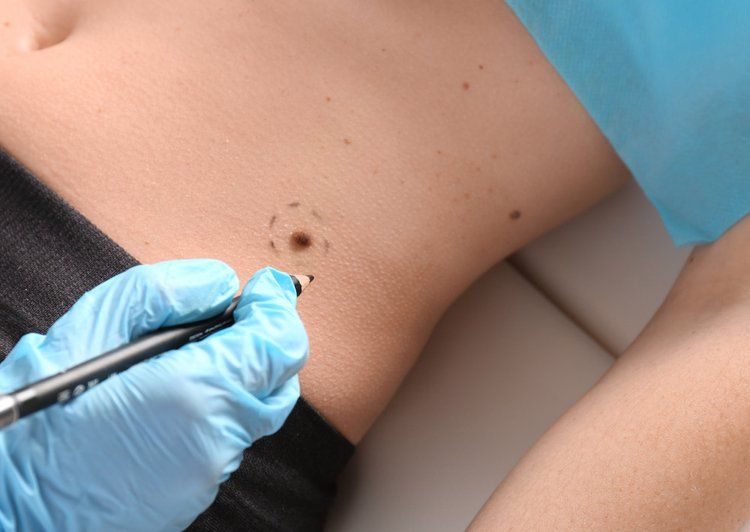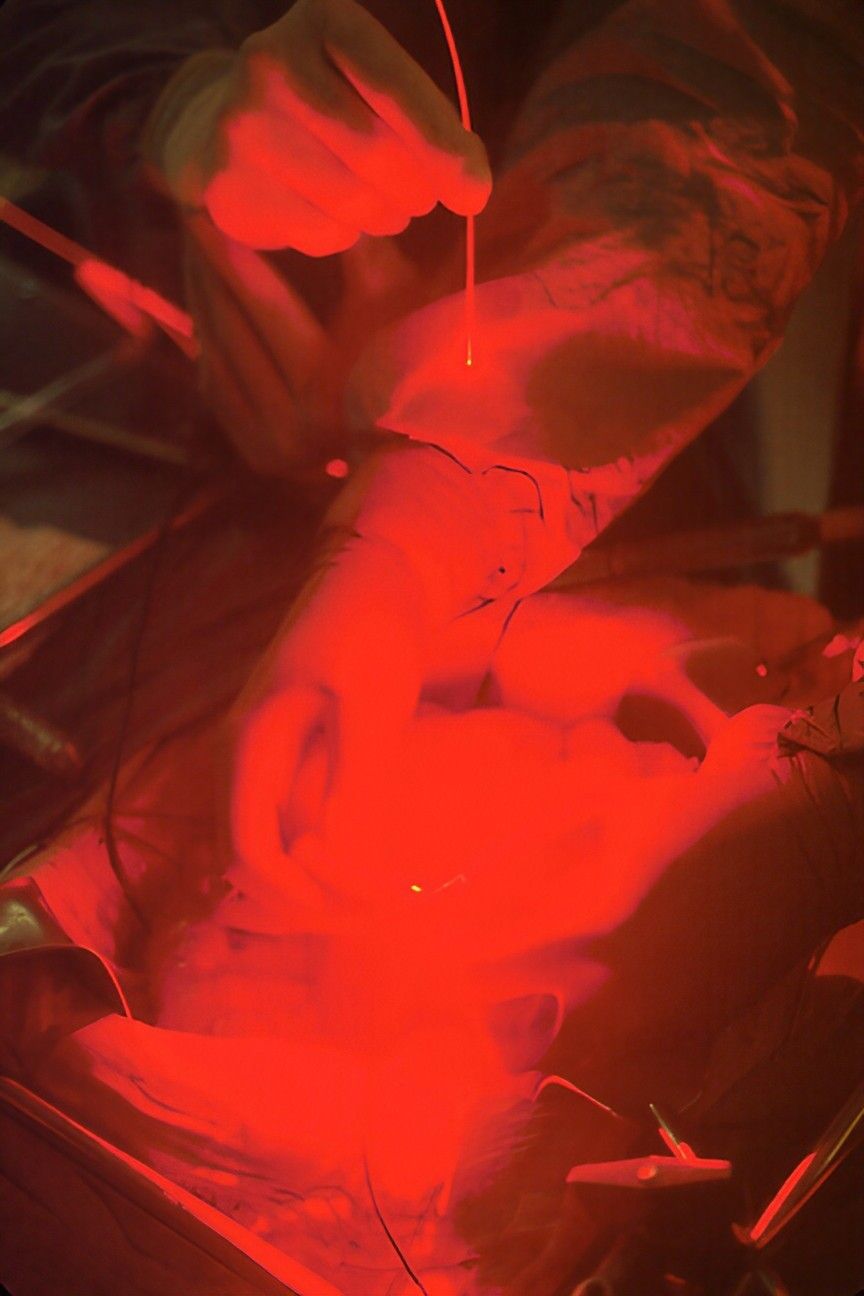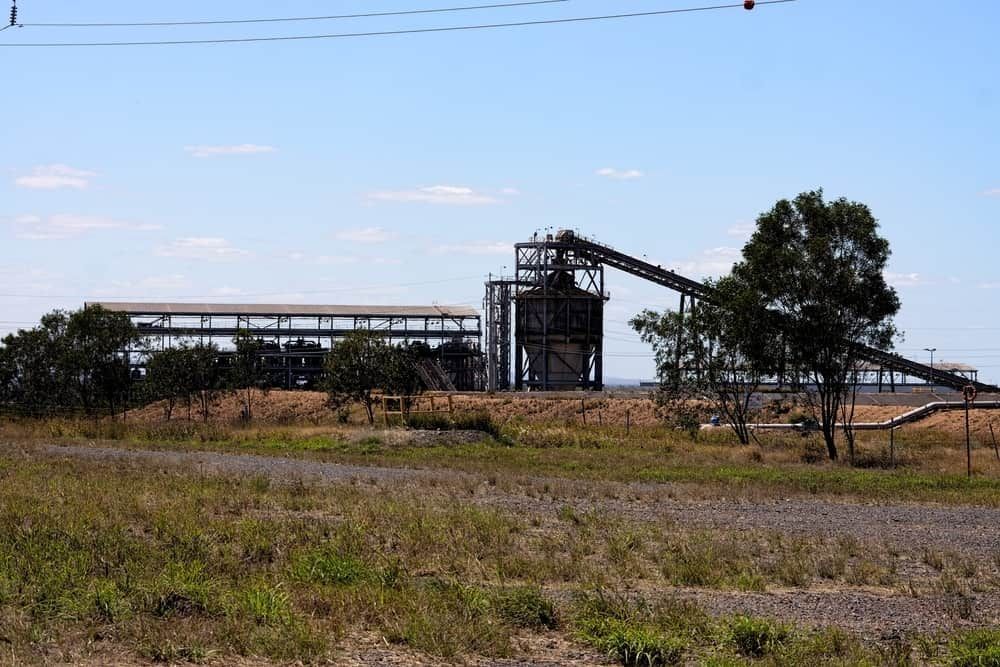Now Welcoming New Patients – Call (07) 4942 2777 or Book Your Appointment Online Today! | Now open Saturdays 8:30am to 11:00am. All consultations. Private fees Apply
Skin Check Mackay
Skin Cancer Checks, Mole Mapping, Skin Care Services
Skin Cancer Checks
Sunspots and sun-damaged skin can be treated early to prevent skin cancers. There are three major types of skin cancer, including basal cell carcinoma, squamous cell carcinoma and melanoma. Most often skin cancers develop on skin exposed to the sun and can also occur on areas of your skin not ordinarily exposed to sunlight.
By limiting or avoiding exposure to ultraviolet (UV) rays you can reduce your risk of skin cancer. Early detection with regular skin cancer checks gives you the greatest chance for highly successful skin cancer treatment.
Of the three main types of skin cancer, melanoma is the most aggressive and accounts for approximately 75% of all skin cancer-related deaths. The early phase of malignant melanoma can be particularly difficult to identify since malignant melanomas of the skin can share many clinical features with atypical birthmarks, moles or other benign skin lesions. All lesions excised by your treating doctor are sent to a skilled pathologist for evaluation with examination of the lesion under a microscope for diagnosis.
Once a diagnosis has been reached, whether by histopathology or by your doctor, treatment options are discussed with the patient and risks and benefits of each option clearly outlined. All initial skin check consultations are rebate-able with Medicare.
The servicing doctors at Health Hub Mackay implement a best practice policy and use the latest techniques and modalities to bring about the optimum health and cosmetic outcomes for our patients in the Mackay area. Book a skin check in Mackay on (07) 4942 2777.
Melanoma Skin Checks
Melanoma is the most aggressive form of skin cancer, responsible for around 75% of skin cancer-related deaths. It can develop anywhere on the body, even in areas not exposed to the sun, and often resembles moles, freckles, or other skin spots, making early detection challenging. Left untreated, melanoma can spread rapidly to other parts of the body. Regular skin checks are crucial for catching melanoma early, when treatment is most effective. Protect your health — don’t wait until it’s too late. Book your professional skin check today by calling Health Hub Mackay on (07) 4942 2777 and give yourself peace of mind.
Dermoscopy
Mole Checks, Mole Photography & Mole Mapping
In order to improve the accuracy of diagnosis of malignancies in pigmented skin lesions and, therefore, improve health outcomes, the doctors at Health Hub Mackay utilise the state-of-the-art skin surveillance system, Heine Cube (skin surface microscope). Dermoscopy is a non-invasive technique that examines tissue layers beneath the skin surface with microscopy.
Magnification of microscopic mole features assists melanoma diagnosis and precise clinical photographic mapping accurately identifies each mole and enables the detection of microscopic changes in these moles and the identification of new moles over time.
Mole Analysis
Serial objective microscopic mole analysis promotes the early detection of melanoma and digital dermoscopy reduces the number of precautionary excisions. See the skin cancer check above for more information on skin cancers and treatments performed to remove lesions.
A medical skin consultation with one of our treating doctors in Mackay is required before having a mole check with mole mapping and photography at Health Hub Mackay. This consultation is partially claimable through Medicare.
Medical Skin Analysis
Medical skin analysis involves a careful assessment of your skin's condition and takes into account any determining factors that may be damaging to your skin's health, such as underlying medical conditions, skin type, history of sun exposure and the products used in your daily skincare routine.
For a medical analysis, we recommend you attend a consultation with your treating doctor to ensure you receive the best and most appropriate medical opinion and advice relevant to your skin's condition.
At Mackay Health Hub, we offer cosmetics and skincare in Mackay, as well as treatments to help support your skin. A combination of both skin treatments and medication is often beneficial. A medical skin analysis with your treating doctor is claimable from Medicare.
Photo Dynamic Therapy (PDT)
Photo dynamic therapy (PDT) is an alternative, non-surgical method of treatment for non-pigmented skin cancers. MAL is a cream that contains methyl aminolevulinate. This substance is specifically absorbed into the altered skin cells of these lesions.
MAL causes compounds called porphyrins to accumulate and be absorbed selectively by the Actinic Keratosis, Solar Keratosis and Basel Cell Carcinoma. These porphyrins are light sensitive, so when the MAL is illuminated and activated by an appropriate red light source, it causes a reaction in the skin cells and treats the lesion.
Due to the non-invasive and selective nature of the treatment, the potential for scarring and side effects are minimised. Several lesions can be treated at the same time. Side effects such as redness and crusting are generally of mild to moderate intensity and usually resolve rapidly.
The servicing doctors at Health Hub Mackay will assess your skin and if MAL PDT is medically indicated, will advise you of the quantity of cream you will need.
Surgical Excisions
Cosmetic radiosurgery
Surgical excision of a skin lesion (a lump, bump or discolouration), such as a skin cancer, is one of the most common clinical procedures that can be done in a skin clinic. The removal of a lesion is often the first and best treatment for many conditions, especially skin cancers, because if done correctly, it not only completely gets rid of the problem but can also stop it from regrowing. Cutting the lesion out makes sure the lesion has been completely removed, confirmed by histopathological examination.
Before a lesion such as a skin cancer is removed, your doctor will first have to be certain that it is worth removing. For skin cancers such as basal cell carcinomas, squamous cell carcinomas and melanomas, it is always best to have them removed. When your treating doctor is discussing your treatment options in your initial consult, they may suggest that a lesion is removed with the 'Surgitron®.
Cosmetic radiosurgery by Surgitron® allows the removal of cosmetic lumps and bumps on the face and body with virtually no risk of scarring or sutures. The patented Surgitron® represents advanced radio wave technology that provides unparalleled surgical control, precision, versatility and safety. Clinical benefits can include reduced post-operative discomfort, minimal scar tissue formation, maximum readability of histological specimen, enhanced healing and excellent cosmetic results. Depending on the size and location of the lesion to be treated, a slight indentation and/or whitening of the skin could result. In some cases, suturing may be necessary.
Sclerotherapy
Servicing doctor, Dr John Goldston, offers a treatment called sclerotherapy, which reduces the appearance of those unwanted varicose veins, known as spider veins, which are commonly seen on the legs and face. Spider veins may also be associated with aching in the legs, particularly after standing for prolonged periods. The treatment performed by Dr Goldston requires the technique of instilling an irritant solution into the vein using a very small needle. The solution destroys the lining of the abnormal vessel and causes the walls of the vessel to stick together so that eventually the spider vein is replaced with almost imperceptible scar tissue. Each area may need several treatments (2 to 3 on average) and the veins will take up to six months to fade.
For an accurate diagnosis and advice, you will require an initial medical consultation with Dr Goldston which is rebate-able with Medicare.

